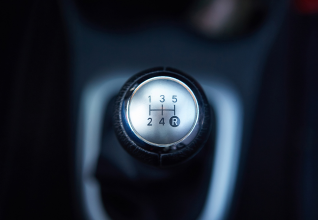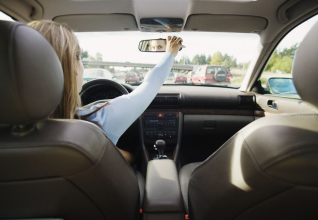Driving a manual car adds more engagement and excitement to your journey. It gives you greater control and closer communion with your vehicle. However, the thought of managing gears and clutch might seem intimidating for many, especially when you’re just starting. But don’t worry. With some knowledge and much practice, you’ll be confident behind the wheel in no time.
Now, let’s shift into first gear and start this exciting ride into the world of manual cars!
Understanding the Basics
Get Acquainted with the Manual Gearbox
First things first, you need to familiarise yourself with the gearbox. A typical manual gearbox, including a reverse gear, contains five to six gears. Each gear is designated for a specific range of speeds.
The Role of the Clutch
The clutch is a pedal to your far left. It disconnects the engine from the wheels while shifting gears. Pressing it in disconnects the engine completely, allowing you to shift gears without damaging the transmission.
Understanding the Accelerator
Also known as the gas pedal, the accelerator controls the vehicle’s speed. When you step on it, it increases the engine’s RPM (Revolutions Per Minute), providing more power for the wheels.
Preparing to Drive
Safety First
Before you start the engine, ensure you’ve buckled up. Safety should always come first. It’s also wise to check that the handbrake is applied.
Seating and Mirror Adjustment
Adjust your seat so you can easily reach all pedals and controls. Also, adjust your rearview and side mirrors to have a clear view of the surroundings.
Starting the Engine
Using the Clutch to Start
To start the engine, depress the clutch pedal, turn the key or press the ignition switch. Keep the clutch depressed until the engine starts.
Releasing the Parking Brake
Once the engine runs, it’s time to release the parking brake. Ensure the car is in neutral before doing this to prevent sudden movements.
Getting Moving
Mastering the First Gear
To get moving, with the clutch still depressed, shift the car into first gear. Gradually release the clutch while gently pressing the accelerator.
Transitioning to the Second Gear
Once the car is moving, it’s time to shift to second gear. Release the accelerator, depress the clutch, shift to second gear, and then gradually release the clutch while reapplying the accelerator.
Beyond the Basics
Navigating Higher Gears
As your speed increases, you need to shift to higher gears. The same principle you applied when shifting to second gear applies here.
Understanding when to Shift Gears
When to shift gears depends on the car’s speed and the engine’s RPM. The trick here is to listen to your car’s engine. When it starts to strain or growl, it’s typically time to upshift.
Essential Tips for Manual Car Starters
Common Mistakes to Avoid
New drivers often make the mistake of releasing the clutch too quickly or not fully engaging a gear before releasing it. Both can lead to stalling or harsh gear changes.
Practices for Smooth Driving
Smooth gear changes are the hallmark of a skilled manual driver. Practice makes perfect, so don’t get disheartened if it takes a while to achieve a smooth transition.
Key Takeaway
Starting a manual car may seem challenging initially, but once you get the hang of managing the gearbox and the clutch, it’s like riding a bicycle – you’ll never forget. So, buckle up, start the engine and embrace the journey of driving a manual car. Remember, every expert was once a beginner!
Frequently Asked Questions
Can stalling damage my car?
While the occasional stall won’t damage your car, repeated stalling might wear down the clutch excessively.
Why is my car jerky when I change gears?
Jerking during gear change is usually due to releasing the clutch too quickly or not giving enough gas.
How can I smoothly start a manual car uphill?
While you locate the biting point of the clutch, use the handbrake to keep the automobile from rolling back. As you press the pedal more, let go of the handbrake.
What happens if I skip gears when shifting?
Although shifting up or down quickly isn’t always bad, it can make the ride less comfortable and put greater stress on the engine.
When should I use the reverse gear?
The reverse gear should only be used when moving the car backwards, like during parking or backing out of a driveway.


